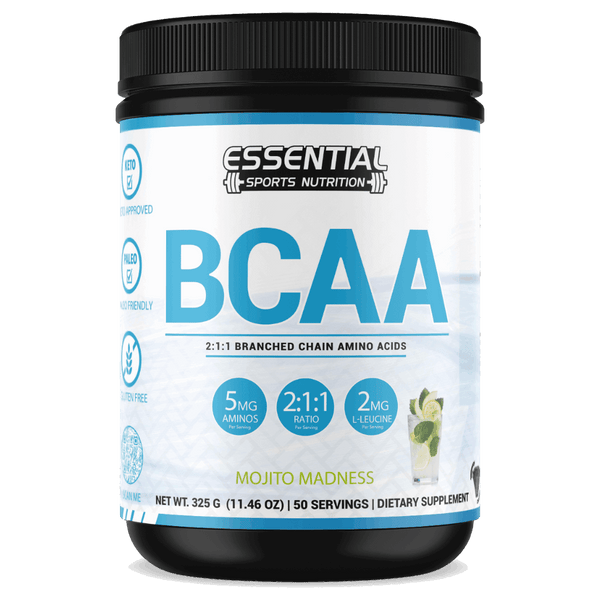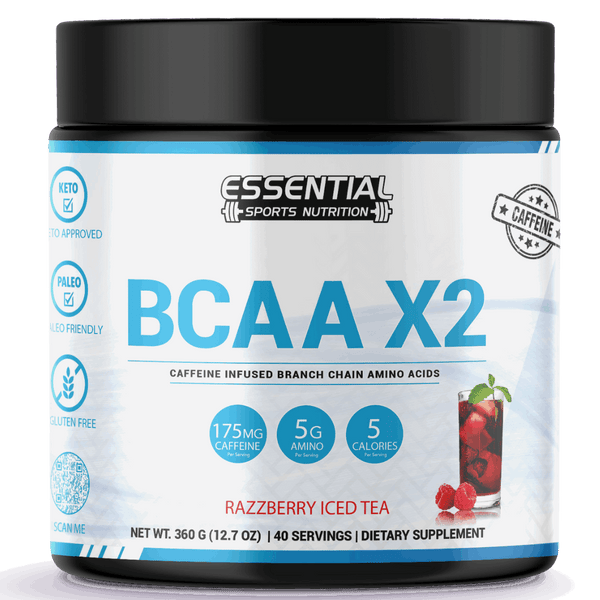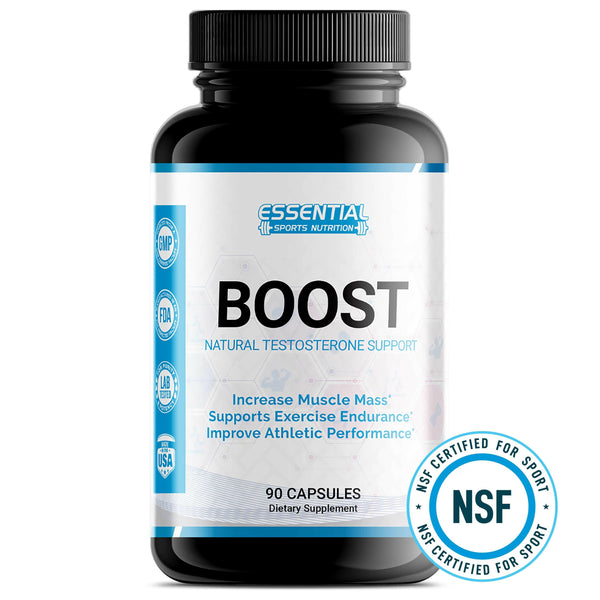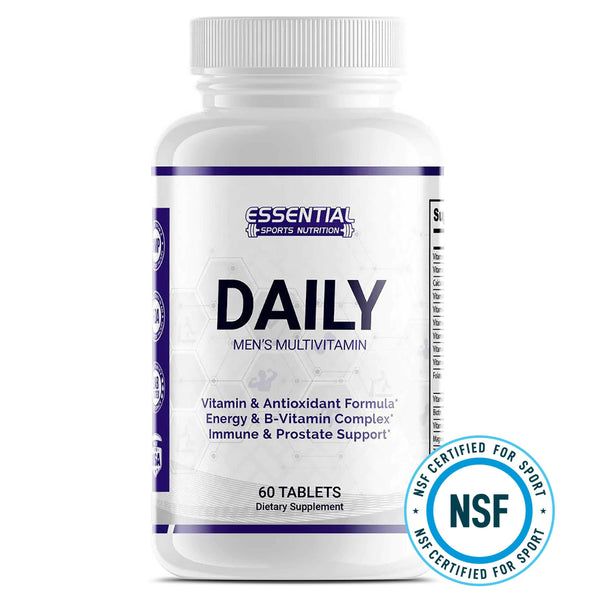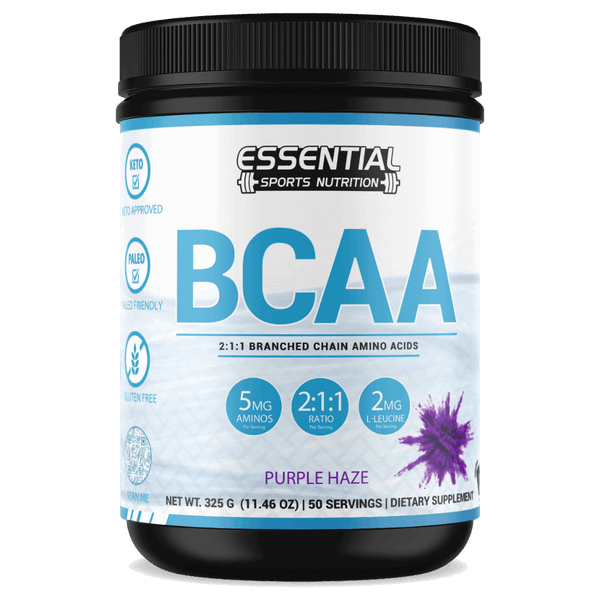Discover the Best Circuit Training Exercises for Ultimate Cardio
You can effectively boost cardiovascular health with circuit training, which combines cardio and strength exercises executed in rapid succession. Each session, typically lasting 20-30 minutes, engages multiple muscle groups with minimal rest. Benefits include improved heart health, enhanced endurance, and greater muscle tone, all in a time-efficient format. Use equipment like dumbbells, kettlebells, and resistance bands to increase intensity and add variety. If you're looking for a dynamic, adaptable workout that maximizes results and keeps you motivated, this might be the answer you've been seeking. Keep going to uncover detailed steps and tips to get started.

Key Takeaways
- Circuit training combines strength and cardio exercises for a comprehensive workout.
- It enhances cardiovascular health by increasing heart rate and improving circulation.
- Workouts are time-efficient, typically lasting 20-30 minutes.
- Essential equipment includes dumbbells, kettlebells, resistance bands, and a jump rope.
- Adaptable to all fitness levels, providing a full-body workout.
What Is Circuit Training?
Circuit training is a dynamic workout method that combines cardio and strength exercises in rapid succession, giving you an efficient and effective fitness routine. This type of workout involves performing a series of exercises targeting different muscle groups with minimal rest in between. By alternating between cardiovascular and strength-focused exercises, you guarantee that your heart rate stays elevated while also building muscle.
Each circuit typically includes a mix of bodyweight exercises, resistance training, and high-intensity cardio moves. For instance, you might do push-ups, followed by jumping jacks, then squats, and finish with mountain climbers. These exercises are designed to engage multiple muscle groups, providing a thorough workout in a short amount of time.
The beauty of circuit training lies in its adaptability. Whether you're a beginner or an advanced athlete, you can modify the intensity, duration, and types of exercises to suit your fitness level. Most circuits last between 20-30 minutes, making them perfect for busy schedules. The short, efficient nature of this workout means you can achieve significant fitness gains without spending hours in the gym. So, if you're looking to improve both your strength and cardio, circuit training is an excellent choice.
Benefits of Circuit Training

When you engage in circuit training, you'll boost your cardiovascular health while making the most of your workout time. This efficient exercise method combines diverse routines that keep you motivated and challenged. You'll see improvements in endurance, muscle tone, and overall fitness, no matter your starting level.
Enhanced Cardiovascular Health
Circuit training can greatly enhance cardiovascular health by incorporating short, intense bursts of strength and cardio exercises. This dynamic approach keeps your heart rate elevated throughout the workout, which is vital for boosting cardiovascular fitness. Circuit workouts blend cardio exercises with high-intensity cardio and strength training, guaranteeing you get the best of both worlds. As a result, your heart works harder to pump blood and oxygen to your muscles, improving endurance and overall cardiovascular health.
Here are some key benefits of circuit training for your heart:
- Increased Heart Rate: The fast-paced nature of circuit training keeps your heart rate elevated, which strengthens your heart muscles over time.
- Improved Circulation: Enhanced blood flow ensures better oxygen delivery to your muscles, improving performance and stamina.
- Lower Blood Pressure: Regular circuit workouts can help reduce blood pressure, reducing your risk of heart disease.
- Enhanced Cardiovascular Efficiency: Consistent engagement in circuit training makes your cardiovascular system more efficient, boosting your heart's health and function.
Incorporating circuit training into your fitness routine is a powerful way to enhance your cardiovascular health, improve endurance, and achieve better overall fitness. So, gear up and get ready to elevate your heart health!
Time-Efficient Workouts
For those with busy schedules, circuit training offers a time-efficient way to get an effective workout in just 20-30 minutes. By combining strength and cardio exercises in short bursts, you can maximize calorie burn and improve your cardiovascular fitness without spending hours in the gym.
A circuit training workout keeps you moving through 3-4 exercises back-to-back with minimal rest in between. This format not only enhances your muscular endurance but also promotes muscle growth. You'll be working different muscle groups continuously, which helps in keeping the workout dynamic and engaging.
Time-efficient workouts are a significant advantage of circuit training. You're not just saving time; you're also optimizing it. Each minute is packed with activity, ensuring you get the most out of your training session. Whether you're a beginner or an advanced athlete, the ability to customize the intensity levels makes circuit training suitable for all fitness levels.
Incorporating both strength training and cardio into one seamless routine means you're tackling multiple fitness goals simultaneously. You'll find yourself stronger, leaner, and more resilient, all within a short timeframe. So, if you're looking to boost your fitness without compromising your schedule, circuit training is your go-to solution.
Diverse Exercise Routine
Incorporating a diverse exercise routine through circuit training keeps your workouts engaging and effective, helping you achieve multiple fitness goals simultaneously. By combining cardio and strength training in short bursts, circuit training enhances cardiovascular fitness, muscular endurance, and overall body strength. The alternating nature of this workout method prevents boredom and ensures you stay motivated.
Circuit training typically lasts just 20-30 minutes per session, making it a time-efficient way to fit in a complete workout. Here's why a varied exercise routine through circuit training is beneficial:
- Improves Strength and Endurance: By alternating between cardio and strength exercises, you build both muscular and cardiovascular endurance.
- Adapts to All Fitness Levels: Whether you're a beginner or an advanced athlete, circuit training can be tailored to your fitness level and goals.
- Engages the Entire Body: Diverse exercises target different muscle groups, ensuring a well-rounded workout.
- Prevents Workout Boredom: The variety in exercises keeps your sessions fresh and engaging.
How to Start Circuit Training
Starting your circuit training journey requires selecting a workout that matches your fitness level, whether you're a beginner or an advanced athlete. Begin by choosing a circuit training routine that aligns with your current capabilities—opt for beginner bodyweight exercises or more advanced equipment-based circuits if you're ready for a challenge.
Always start with a 5-10 minute warm-up to prepare your body and prevent injuries. A proper warm-up gets your blood flowing and muscles ready for action. Consistency is crucial, so commit to regular sessions to see improvements in cardiovascular fitness and muscular strength.
Progress tracking is essential to stay motivated and monitor your fitness gains. Keep a log of your workouts, noting the exercises, sets, repetitions, and any changes in your performance. This helps you see how far you've come and where you need to improve.
Don't forget about hydration; drink plenty of water before, during, and after your workout. Listen to your body and modify exercises as needed to match your fitness level. This ensures a safe and effective training experience, helping you build endurance and strength at a pace that suits you.
Essential Equipment for Workouts

To maximize your circuit training for cardio, you'll need essential equipment like dumbbells, kettlebells, and resistance bands. These tools help you vary the intensity and target different muscle groups effectively. Don't forget a jump rope to boost your cardio and add a fun, dynamic element to your workouts.
Dumbbells and Kettlebells
When you're gearing up for circuit training, dumbbells and kettlebells are essential tools that enhance your workout's intensity and efficiency. These pieces of equipment add vital resistance to your routine, helping you build strength across various muscle groups. Here's why they're important:
- Dumbbells: Available in a range of weights, dumbbells allow you to practice progressive overload, gradually increasing the weight to stimulate muscle growth and endurance.
- Kettlebells: Their unique shape enables dynamic movements like swings, which not only build power but also boost your cardiovascular endurance.
- Versatility: Both dumbbells and kettlebells can be used for a myriad of exercises, making your circuit training sessions more varied and engaging.
- Full-body Workout: Incorporating these tools into your circuit ensures that you're targeting multiple muscle groups, enhancing overall fitness.
Investing in a set of dumbbells and kettlebells can significantly enhance your circuit training's effectiveness. You'll enjoy the versatility they bring, enabling you to perform everything from basic lifts to complex, dynamic movements. With these tools, you can challenge yourself, achieve progressive overload, and improve both strength and cardiovascular endurance, making your workouts more robust and rewarding.
Resistance Bands Variety
Resistance bands offer a versatile and effective way to boost your circuit training, catering to all fitness levels with their range of resistance options. These bands come in various levels, from light to heavy, making them perfect for anyone seeking a versatile workout. Whether you're a beginner or an advanced athlete, resistance bands can easily be adjusted to fit your needs.
One of the greatest benefits of resistance bands is their ability to target specific muscle groups, allowing you to improve strength, flexibility, and range of motion. They're lightweight and portable, making them ideal for home workouts, travel, or adding variety to your gym routine. You can easily incorporate them into exercises like squats, lunges, or bicep curls to enhance your strength and flexibility.
Because resistance bands are affordable and easy to use, they offer a cost-effective way to enhance your workouts without bulky equipment. By adding them to your circuit training, you can increase the intensity and challenge of your cardio routine. This makes your workouts more effective and engaging, helping you achieve your fitness goals faster. With resistance bands, you have a powerful tool to take your circuit training to the next level.
Jump Rope Benefits
Jump rope workouts offer an efficient and dynamic way to supercharge your cardio routine. Not only can jumping rope burn up to 10 calories per minute, but it also provides an array of benefits that elevate your overall fitness level.
- Enhanced Coordination and Agility: Jumping rope improves your coordination, agility, and footwork, making you more adept at various physical activities and sports.
- Bone Density Boost: Regular jump rope sessions can increase bone density, which is essential for long-term skeletal health and reducing the risk of osteoporosis.
- Strengthened Lower Body Muscles: This exercise targets your lower body muscles, including calves, quads, and hamstrings, making them stronger and more resilient.
- Portable and Affordable: Jump ropes are lightweight, easy to carry, and cost-effective, making them an excellent addition to your fitness arsenal.
Incorporating jump rope into your circuit training not only adds variety but also intensifies your cardio workout. Whether you're a beginner or an advanced athlete, jumping rope can be scaled to suit all fitness levels. So, grab a jump rope and start reaping the benefits today. You'll find that this simple piece of equipment can deliver a highly effective, all-encompassing workout.
Sample Circuit Training Routine

A well-designed circuit training routine combines cardio and strength exercises to give you a full-body workout in just 20-30 minutes. This approach is incredibly time-efficient and guarantees you're targeting different muscle groups while boosting cardiovascular fitness.
Start with a 30-second burst of jumping jacks to get your heart pumping. Next, engage in strength training exercises like push-ups to work your upper body. Follow this with 30 seconds of high knees for a quick cardio spike. Proceed to squats to involve your lower body and improve muscle endurance.
To keep your heart rate elevated, jump into 30 seconds of burpees. After that, switch to a core exercise like planks for 30 seconds. Finish the circuit with 30 seconds of mountain climbers. This diverse mix not only provides a full-body workout but also aids in weight management.
You can repeat the circuit 2-3 times, depending on your fitness level. This alternating pattern of cardio and strength exercises helps maximize muscle engagement and ensures you're improving both cardiovascular fitness and muscle endurance. With consistency, this routine will make a noticeable difference in your overall fitness.
Safety Tips and Precautions

Before you start your circuit training routine, it's important to focus on safety to guarantee you get the most out of your workout without risking injury. Here are some essential safety tips and precautions to keep in mind:
-
Get Medical Clearance: Always obtain medical clearance before beginning any new circuit training program, especially if you have existing medical conditions or have been inactive for a while. This ensures you're in the right condition to start.
-
Warm Up Properly: Spend at least 5 minutes warming up before diving into your circuit training. Proper warm-up exercises prepare your muscles and joints, reducing the risk of injury.
-
Maintain Moderate Exertion: Push yourself, but keep your exertion at a moderate level. Overexertion can lead to fatigue and muscle strain, hindering your progress and increasing the risk of injury.
-
Stop Exercising if in Pain: If you experience any pain during your circuit training, stop exercising immediately. Pain is a signal that something is wrong, and continuing could cause more harm.
Lastly, don't forget to cool down after your session. Gentle stretching and slow cardio exercises aid in muscle recovery and prevent soreness. Following these precautions will help you maximize your circuit training benefits safely.
Conclusion

Circuit training for cardio offers an efficient and dynamic way to get fit. You've learned about its benefits, how to start, and the essential equipment needed. So, why not take the first step towards a healthier you? Incorporate this sample routine and follow the safety tips to maximize your results. Remember, consistency is key. Are you ready to transform your fitness journey? With commitment and effort, you'll see incredible progress. Let's get moving!
Circuit Training Workout FAQs
Q: What is circuit training for cardio?
A: Circuit training for cardio is a workout method that combines cardiovascular exercises with strength training exercises in a fast-paced, high-intensity format.
Q: How can I design a circuit training workout?
A: You can design a circuit training workout by selecting a variety of exercises targeting different muscle groups, arranging them in a sequence, and performing each exercise for a set amount of time or repetitions before moving on to the next exercise.
Q: Is circuit training suitable for beginners?
A: Yes, circuit training can be adapted for beginners by adjusting the intensity, choosing simpler exercises, and allowing for longer rest periods between exercises.
Q: What are the benefits of circuit training exercises?
A: Circuit training exercises help improve cardiovascular fitness, build strength, increase endurance, and can be a time-efficient way to work out.
Q: How long should I rest between exercises in a circuit workout?
A: The rest period between exercises in a circuit workout can vary, but typically ranges from 15 to 60 seconds depending on your fitness level and the intensity of the exercises.
Q: Can I do circuit training at home?
A: Yes, circuit training can be done at home with minimal equipment or even just using bodyweight exercises. It's a versatile workout option that can be performed in various settings.
Q: What is the difference between circuit training and interval training?
A: Circuit training involves performing a series of exercises in a specific sequence, while interval training alternates between periods of high-intensity exercise and rest. Both methods are effective for improving cardiovascular fitness.
Q: Does Circuit Training Build Cardio?
A: Yes, it does! Circuit training elevates your heart rate through short bursts of intense activity, boosting your aerobic capacity. You'll optimize heart health and enhance cardiovascular fitness with regular sessions, customized to your fitness goals.
Q: How Long Should a Cardio Circuit Be?
A: Think of your workout like a quick, intense storm. Aim for a cardio circuit to last 20-30 minutes. Repeat the circuit 2-3 times for maximum benefits, alternating between cardio and strength exercises to keep things balanced.
Q: Which Is Better, Circuit Training or Hiit?
A: Choosing between circuit training and HIIT depends on your fitness goals and preferences. Circuit training offers structure, while HIIT provides flexibility and intensity. Both can effectively boost endurance, burn calories, and enhance overall fitness.
Q: Is Cardio or Circuit Training Better for Fat Loss?
A: Fascinatingly, high-intensity workouts can increase calorie burn by up to 15% post-exercise. To maximize fat loss, combine cardio and circuit training. You'll benefit from both immediate calorie burn and prolonged afterburn effects. Stay consistent!




